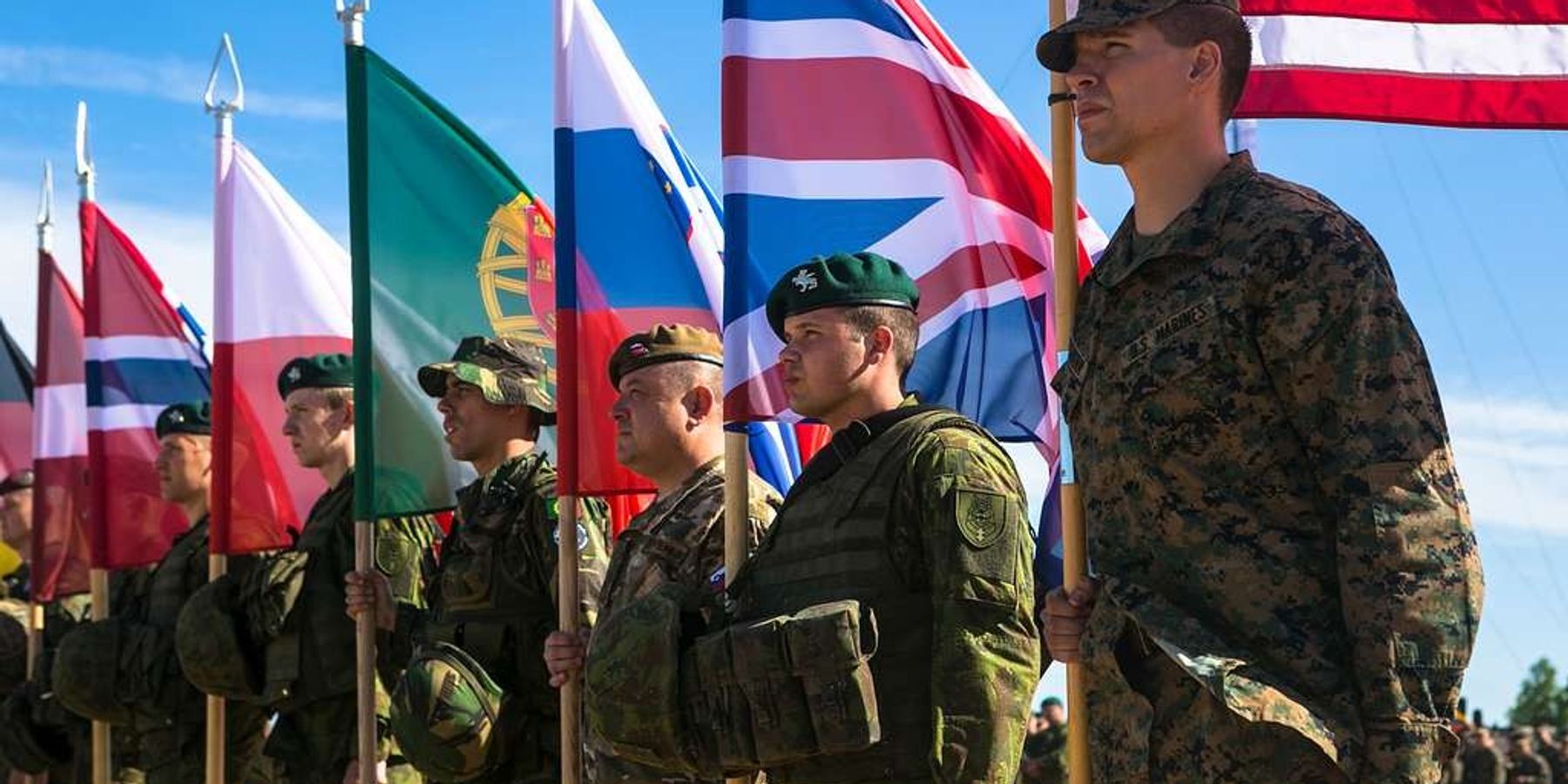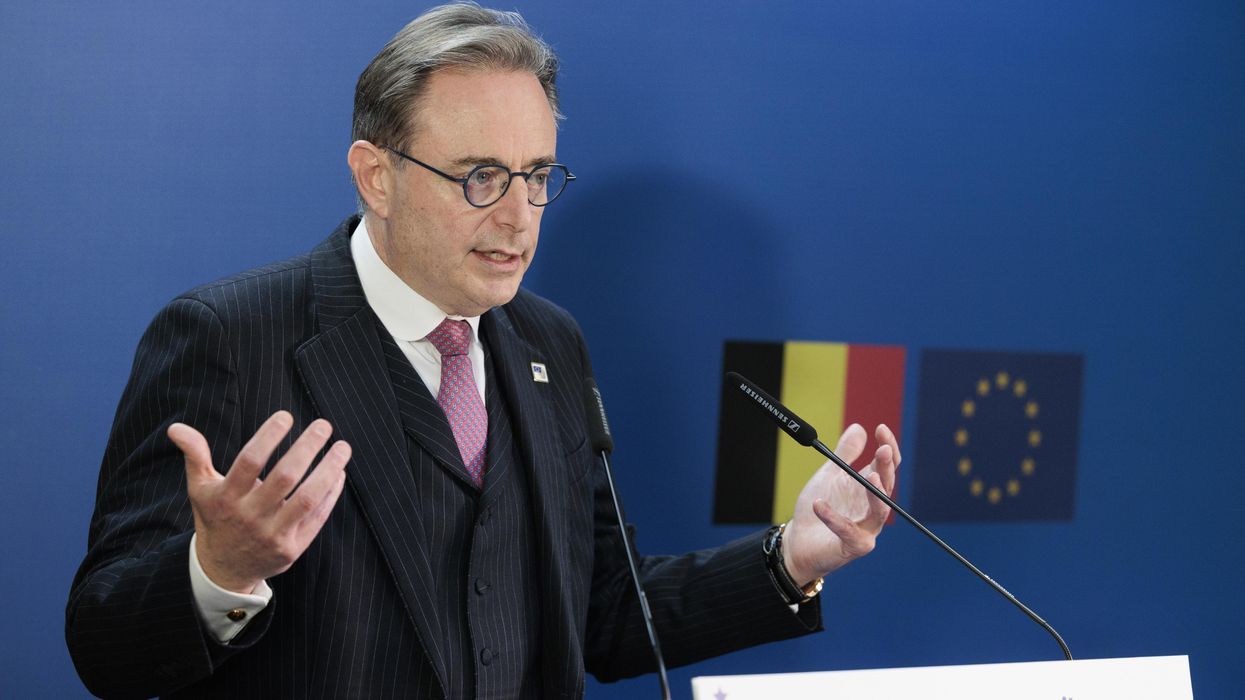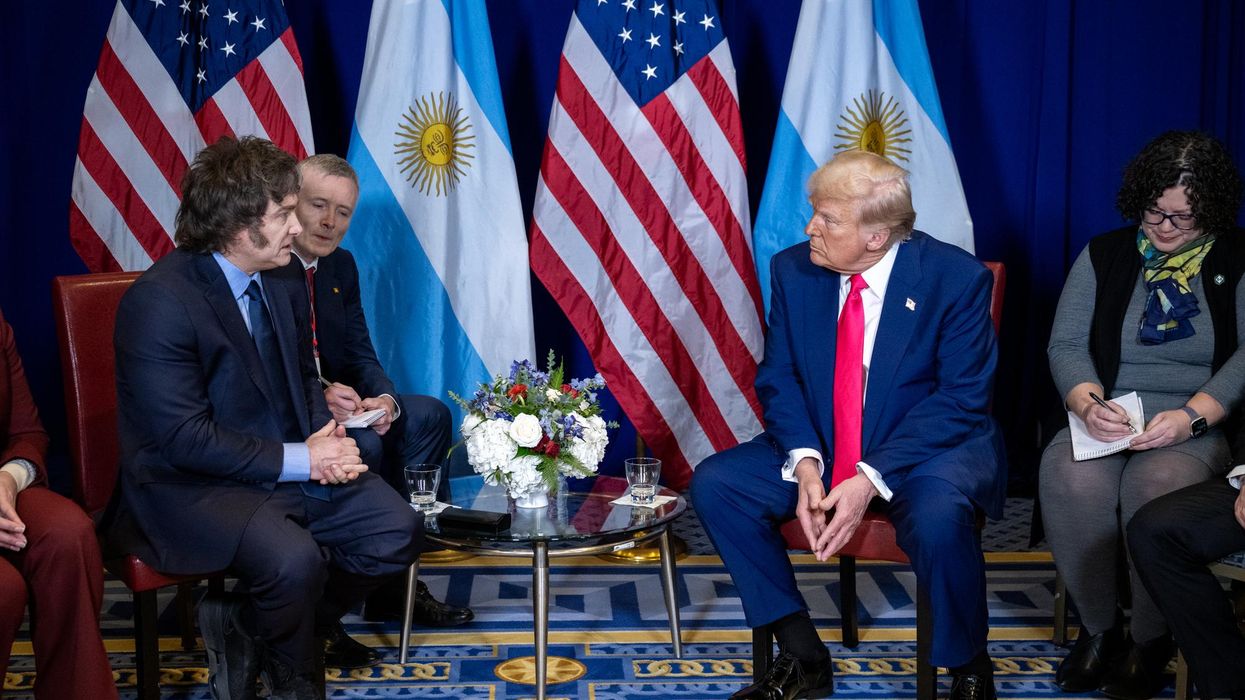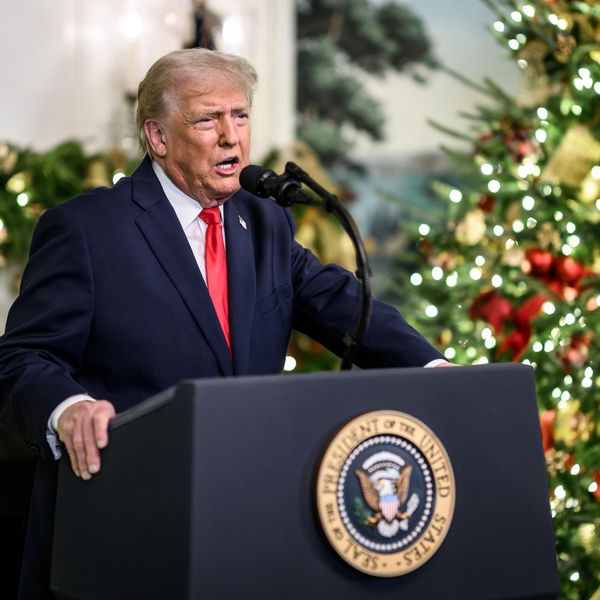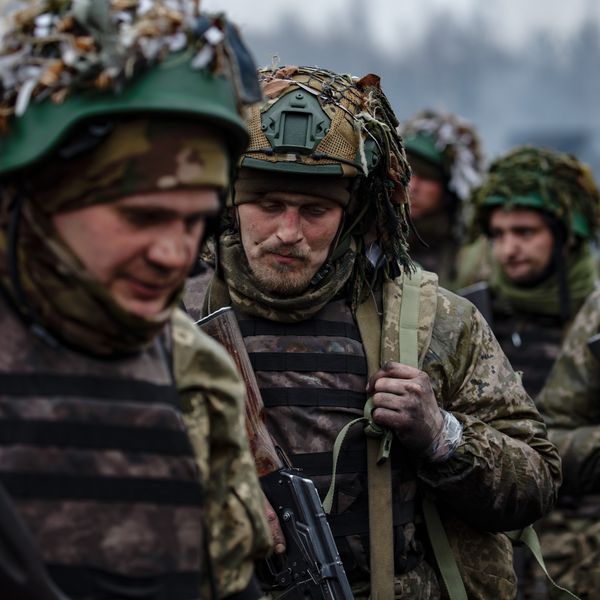“We re-engaged our Alliance. We helped to re-energize our Alliance,” Secretary of State Antony Blinken said at NATO’s recent 75th summit. “We helped to re-imagine our Alliance so that even as we celebrate 75 years of the most successful defensive alliance in history, we were resolutely focused on the future and doing everything that we could in our time to make sure that that success for 75 years would continue.”
The anniversary celebration is over. Proactive, forward-looking U.S. leadership is needed now more than ever to rescue NATO from its crises of identity and purpose.
The West faces a world in chaos. Russia’s ongoing invasion of Ukraine is the most destructive and dangerous war on the European continent since 1945; the U.S.-led West is pitted into a confrontational footing with an increasingly assertive China in the Asia-Pacific; and the Gaza War is whittling away at the West’s global influence even as it breeds divisions within NATO.
Against the backdrop of these unprecedented challenges, American domestic politics are mired in a bout of prolonged turmoil with potentially significant implications for the way that the U.S. engages with the rest of the world. Regardless of who wins the upcoming presidential election, some form of American retrenchment — whether gradual and haphazard, or sudden and premeditated — from Europe toward Asia is not just possible but likely.
NATO and European leaders fully grasp this eventuality, but there is yet to be an open, frank dialogue between allies about U.S. retrenchment and what it means for Europe. The only European hedge against American retrenchment that is currently on the table — reportedly a proposal to institutionalize Ukraine aid in a way that makes it more difficult for a future administration to withdraw support for Kyiv — does not even begin to address larger questions of burden-sharing, force structures, overseas military commitments, and membership policies that will define America’s role within NATO in the years and decades to come.
To be sure, NATO does not suffer from the problems that a typical military alliance might encounter — none of its members face an immediate security threat, nor is it currently hurtling into a military conflict with a peer competitor.
Yet there is a growing realization, one that is slowly coming into view despite Western leaders’ best attempts to project a “business as usual” demeanor, that NATO faces a more existential kind of challenge: simply put, its structure and makeup no longer reflects the realities confronting both the U.S. and Europe.
Military alliances are ephemeral by nature because the security interests that underpin them are always fluid and contextual. Coalitions rise and fall based on a myriad of short to medium-term geopolitical factors; as any European head of state prior to the 19th century could have attested, today’s partner can be tomorrow’s adversary.
NATO is unique among alliances because it is putatively based on values over geopolitical interests, but that distinction, significant though as it may be, doesn’t quite tell the whole story. NATO emerged as a byproduct of the U.S.-Soviet rivalry in the Cold War. The U.S. prudently sought to stabilize a shattered postwar Europe military and economically as a check against further Soviet westward expansion.
The U.S. thus acted as an offshore balancer, extending its nuclear umbrella and conventional capabilities to a consolidated bulwark of Euro-Atlantic states that would have been on the frontlines of any renewed Soviet attempts at territorial aggrandizement in Europe. Though it was always couched in the rhetoric of liberal democracy, NATO fully reflected and satisfied the security interests of both the U.S. and its European allies.
The Soviet collapse fundamentally altered this security calculus. Russia, despite its considerable resources and hostility toward the West, is no USSR. Moscow has neither the intent nor the capability to launch a war of aggression against NATO in its current borders, thus robbing the alliance of its defensive purpose.
NATO has tried to fill this post-Cold War void by embarking on extraterritorial ventures in Yugoslavia, Afghanistan, and Libya, and by redefining its raison d'etre around the ideological project of a global confrontation between democracy and autocracy. But these costly and often counterproductive initiatives have only served to distract the alliance from what should be its overriding focus: returning to a mission set that aligns with the core security interests of its members.
NATO’s vast gulf in resources and defense investments, with the U.S. playing a massively outsized role in supplying the alliance’s capabilities, made sense in the context of the Cold War but is indefensible today. It is long past time for Europe, a great power in its own right, to take the reins of its defense. This is not an argument for “burden-sharing,” a concept that identifies the symptom of a larger problem at the heart of the alliance. Rather, the burden itself must be fundamentally re-structured to better reflect both American and European security interests.
The major European powers are more than capable of managing the Russia challenge through a blend of deterrence and engagement — a reduction in U.S. conventional commitments to Europe would create much-needed incentives for both. In fact, decoupling U.S. and European conventional capabilities and encouraging a greater degree of European strategic autonomy would reduce the agitating factors that have fueled the Russia-West confrontation in the first place, enhancing Europe’s security while freeing up U.S. resources for other theaters.
The transatlantic alliance would be strengthened and better insured against domestic political turbulence if its two power centers allocate their resources in accordance with their divergent priorities, as opposed to being entangled in ways that undermine both sides. NATO is fundamentally unfit as a tool for advancing U.S. interests in the Asia-Pacific — indeed, the European states are ill-positioned to meaningfully advance American goals in this region even if they wanted to.
The burden-sharing debate has been centered on the guideline, adopted by the alliance in 2014, that members must spend at least 2% of their national GDP on defense. But the 2% target obfuscates more than it reveals about actual defense capabilities and does nothing to encourage governments to pursue vital cost-saving innovations. U.S. officials should be clear that European rearmament ought to be guided by the goal of achieving a vibrant, self-sustaining defense industrial base (DIB), not hitting arbitrary spending targets.
Successive waves of NATO enlargement have made Europeans less safe, eroded the alliance’s internal coherence, and further stretched American security commitments in places where vital U.S. interests are not at stake. NATO’s “open door” membership policy is a purely ideological fixture that has continually destabilized NATO’s eastern flank and much of the post-Soviet region without bringing any tangible benefits to the West. U.S. leaders should push for the alliance’s borders to be permanently drawn, as is long overdue.
Only by closing the open door can NATO return to what it once was and still can be: a defensive, reactive military alliance that contributes to European stability by serving the concrete security interests of its members.
To survive, NATO must disinvest from the ideological baggage and mission creep acquired in the past several decades and get on with the business of being a defensive military alliance. NATO’s conventional weight should be shifted to Europe, which should be encouraged to become a confident, strategically autonomous actor on the world stage as the U.S. pivots toward Asia. Allies should be reassured that this roadmap for American retrenchment does not void the Article 5 commitment of collective defense, nor does it erode the U.S. nuclear umbrella over Europe.
The U.S. can and should support a strong strategic partnership with Europe without being handcuffed to an outdated alliance structure that ties up American attention and resources which are better spent elsewhere or reinvested at home.

